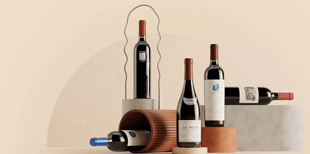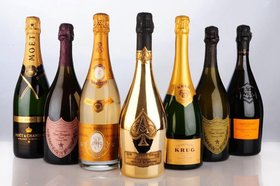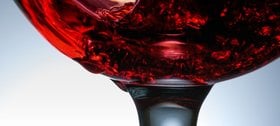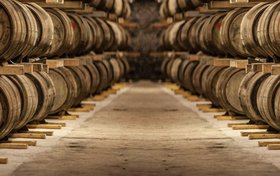Vinovest Badges - The Official Guide
Further reading
- Find out The Nuances of Investing in Wine and why it’s a great alternative to traditional investing.
- Curious to find out how to invest in hedge funds and mutual fund establishments? Check the Best Alternative Investments in 2023.
100-Point Wine
There is arguably no greater accolade in fine wine than the 100-point rating. A wine must achieve an elusive balance of flavor, aroma, and texture. It’s why a 100-point score transcends the realm of mere enjoyment, instead serving as a statement of mastery and an invitation to savor perfection.

Cult Wine
Save a spot in your trophy case. Collectors and connoisseurs constantly search for these elusive cabernets blessed with quality, scarcity, and an enigmatic allure. While people have paid upward of $500,000 to taste these Napa Valley gems, cult wines are iconic for the stories they whisper, the traditions they uphold, and the legacies they carry.
Family-Owned
The family-owned badge is one of generational pride. It’s an emblem of dedication and quality that has elevated a wine to its current glory. Family-owned wines also defy the impersonal trends of mass production by offering an intimate connection to the winemakers’ dreams and aspirations. Look closely, and you might find a few cherished family secrets.
First-Growth
First-growth wines stand atop the Bordeaux hierarchy. In 1855, the French classified the vineyards across Bordeaux as a way of showcasing its finest wines. Only five wines earned the highest rank of first-growth (premiers cru):
- Château Haut-Brion
- Château Lafite Rothschild
- Château Latour
- Château Margaux
- Château Mouton Rothschild
Flagship Wine
A flagship wine is the pride and joy of a winery. Not only does it define the estate, but this miniature masterpiece is also the culmination of a winemaker’s style and vision. This makes flagship wines the pinnacle of any portfolio, whether for winemakers or Vinovestors lucky enough to own them.
Grand Cru
Grand cru status is the highest classification given to vineyards that don't change hands with ownership. This title - largely given to French vineyards - is exceedingly rare because changes to a vineyard’s size or yields requires a special decree. In fact, only 2% of vineyards in Burgundy and 5% in Bordeaux are considered grand cru.
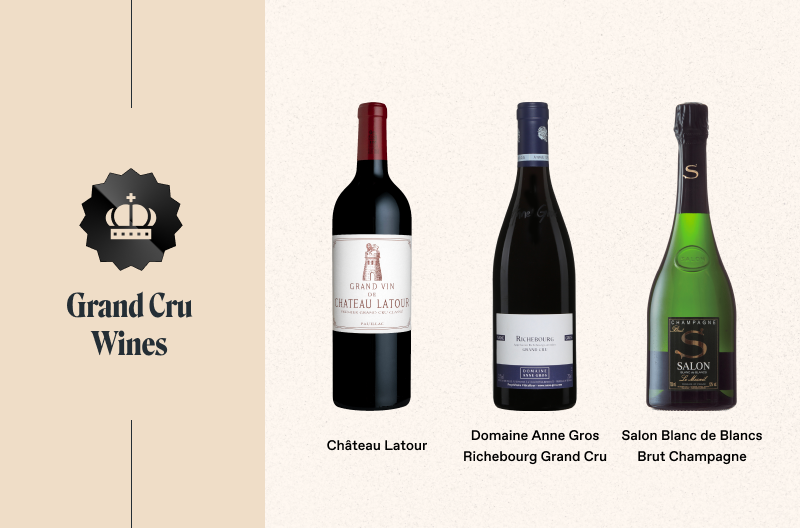
Grand Marque
International brand awareness. Luxurious reputations. Undying customer loyalty. These are all characteristics of grand marque Champagnes. Only 24 Champagne houses have been deemed worthy of the label “great brand,” including Krug, Moët & Chandon, and Taittinger.
Grower Producer
Most people associate Champagne with opulent brands, but its grounds are also home to the humble yet equally compelling grower Champagne ("Récoltant-Manipulant). This term refers to Champagnes made and bottled by the same person. Only produced in small batches, these eclectic wines have made stars out of Jacques Selosse, Ulysse Collin, and Cédric Bouchard.
Limited-Production
Good luck finding these sought-after treasures at your local liquor store. Often, the vineyard or harvest is so small that fewer than 500 cases are made annually. The innate scarcity and world-class craftsmanship make obtaining limited-production wines a rare experience.
Overachiever
Underrated. High performer. One to watch. These phrases all describe wines with the Overachiever badge. Take Château Palmer, a third-growth wine that punches above its weight. Despite belonging to Bordeaux’s middle classification, Château Palmer has racked up five perfect scores from critics since 2015 and touts a price tag in line with its higher-growth counterparts.
Second Growth
Second-growth wines hold immense importance in Bordeaux. They are prized for their remarkable quality and command a higher price tag than most other growths. Today, only 14 estates hold second-growth (deuxièmes cru) status, including superstars such as Château Montrose and Château Rauzan-Ségla.
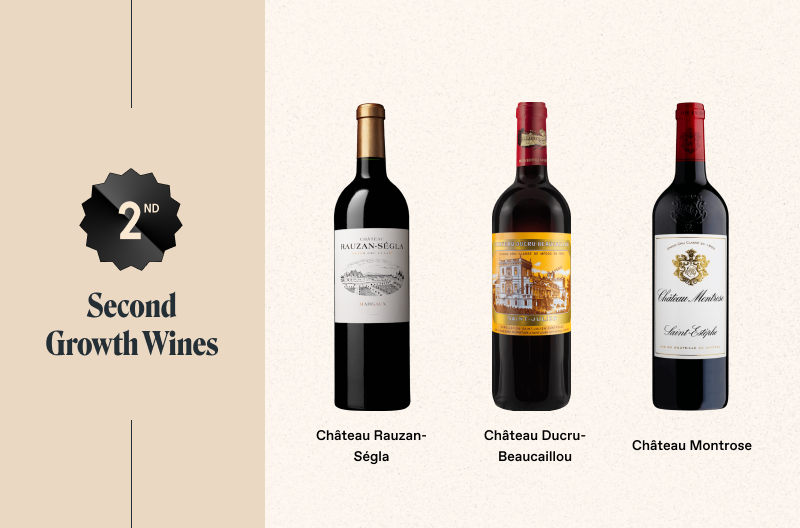
Second Label
Don’t let the name fool you. Second labels from iconic estates are akin to the top wines from most other producers. Often featuring grapes that fall just short of the standards for a grand vin, these wines share characteristics, legacy, and terroir with the flagship label. As second labels continue to improve, they’ve become an attractive way to gain access to the prestige and cachet of top estates.
Single Vineyard
As the name suggests, all the grapes from this wine come from one contiguous vineyard. Usually, that distinction goes hand-in-hand with portfolio-worthy characteristics, like small-scale production, glowing critic scores, and higher quality. And since these wines come from specific geographic areas, they have a unique expression of terroir that you won’t find anywhere else.
Special Edition
Bottles like this don’t come around often. Special edition labels are typically one-off collaborations between a winery and other brands. Think 2010 Dom Perignon x Lady Gaga or 2011 Bollinger James Bond 007. Don’t miss the chance to invest in one of these collectible wines because once they sell out, they don't come back.

Third-Growth
Occasionally overlooked in favor of higher classified growths, third-growth wines possess distinctive charm and remarkable quality at an attractive price point. With the same heritage and craftsmanship as their esteemed counterparts, third growths allow wine enthusiasts to savor the essence of Bordeaux's winemaking tradition without breaking the bank. Today, 15 estates hold third-growth (troisièmes cru) status, including Château Calon-Ségur and Château Palmer.
Top 5 Wine
Why settle for anything less than the best? A top-five wine from a region represents precisely that. These reds and whites embody the finest qualities that a region has to offer, making them the gold standard by which other wines are measured.
Top Vintage
It’s impossible to overstate the importance of a great vintage. When all the elements - temperature, rain, farming, etc… - come together just right, they can elevate a wine to a new level. Unfortunately, exceptional vintages don’t come around often, making these wines symbols of nature's elusive favor.
Téte de Cuvée
In Champagne, tête de cuvée is the crown jewel of prestige and refinement. The phrase loosely translates to “top batch” or “top blend,” a designation reserved for only the most exceptional cuvées. The painstaking care and detail make wines like Louis Roederer’s Cristal or Möet and Chandon’s Dom Pérignon living legends.

Up and Coming
Watch out. This producer is new on the scene but already making a big name for itself. Case and point: Château Figeac. In 2022, the estate was promoted to premier grand cru classé A status, the highest classification in the Saint-Émilion. Anyone who owned bottles from this rising star likely saw their return rise in the following months.
Vinovest 100
The Vinovest 100 is our proprietary index that tracks the performance of the 100 most portfolio-worthy wines in the world. Each offers a combination of quality, cachet, and tradition placing them into a tier above all others. Simply put: entries on this index are worthy of any wine portfolio.
Woman-Owned Winery
In California, only 14% of winemakers are women. The figure is not much better elsewhere. The surprising gap makes the achievements of top female talent in this traditionally male-dominated industry that much more impressive. Wines with this badge join the ranks of modern icons like Lalou Bize-Leroy, Anne François Gros, and Véronique Drouhin, who are paving the way for other women in the wine industry.
The Bottom Line
Vinovest badges offer a glimpse at what makes each wine portfolio unique. Want to see your badges in action? Log into your Vinovest account, click into your portfolio, and see what makes your portfolio one-of-a-kind.
